app icon design best practices
The design guide to iOS and Android app icons
![]()
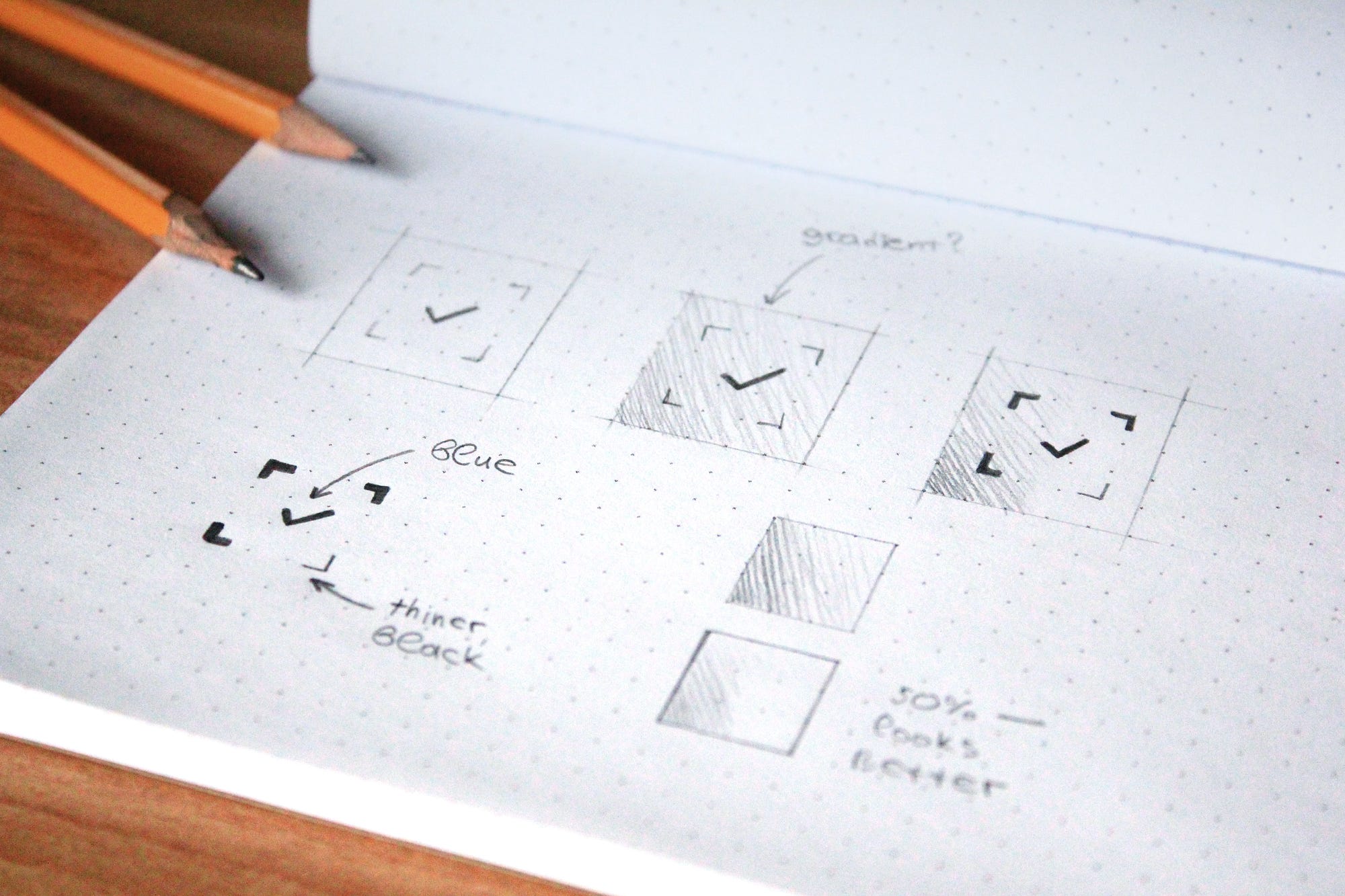
Despite the small size, an icon promotes an application in the App Store and Google Play, presents the user with it and also helps to find it on the Home screen after installation. It's a great responsibility, and it depends on a designer if an icon can cope with that.
When I faced the challenge of drawing an app icon for the first time, I had a lot of questions. I found answers on some of them only after a couple of completed projects. I decided to write this article to help the same beginners as I was, but I hope that experienced designers will find it useful too. Well, let's get started!
Why every app needs an icon
An app icon is a unique image added for every mobile application. It's the first users see when they find an app on the App Store and Google Play. At this stage, the user decides if he wants to find more about an app; if not — he scrolls further. A good icon generates interest, provide confidence, assure the user that an app might be useful for him. At the same time, a bad icon does twice as much, but the other way around. It confuses and casts doubt on the benefit of an app. When the user installs an app, the icon's goal changes. Now it assists in the search for the app on the Home screen among other icons. But what makes an app icon "good"?
There are a lot of articles on the topic and most of them relate to Paul Rand's design principles. And that's not surprising! An app icon is a piece of branding. However, it's not a logo.
A logo and an app icon have different goals, ways of using and requirements respectively. It doesn't mean a logo can't overlap with an icon. Not at all! Popular applications often use logos in icons: Twitter, Medium, Reddit and others. But they don't do it for no reason. They are a number of aspects that we need to take into account. Let me tell you about them by drawing on the experience and using beautiful headlines.
Scalability
An app icon has to be small. That's the point, and the user can't stretch it to examine. Therefore, it's important that an icon maintains its legibility regardless of size. Look, how small app icons are in Settings!
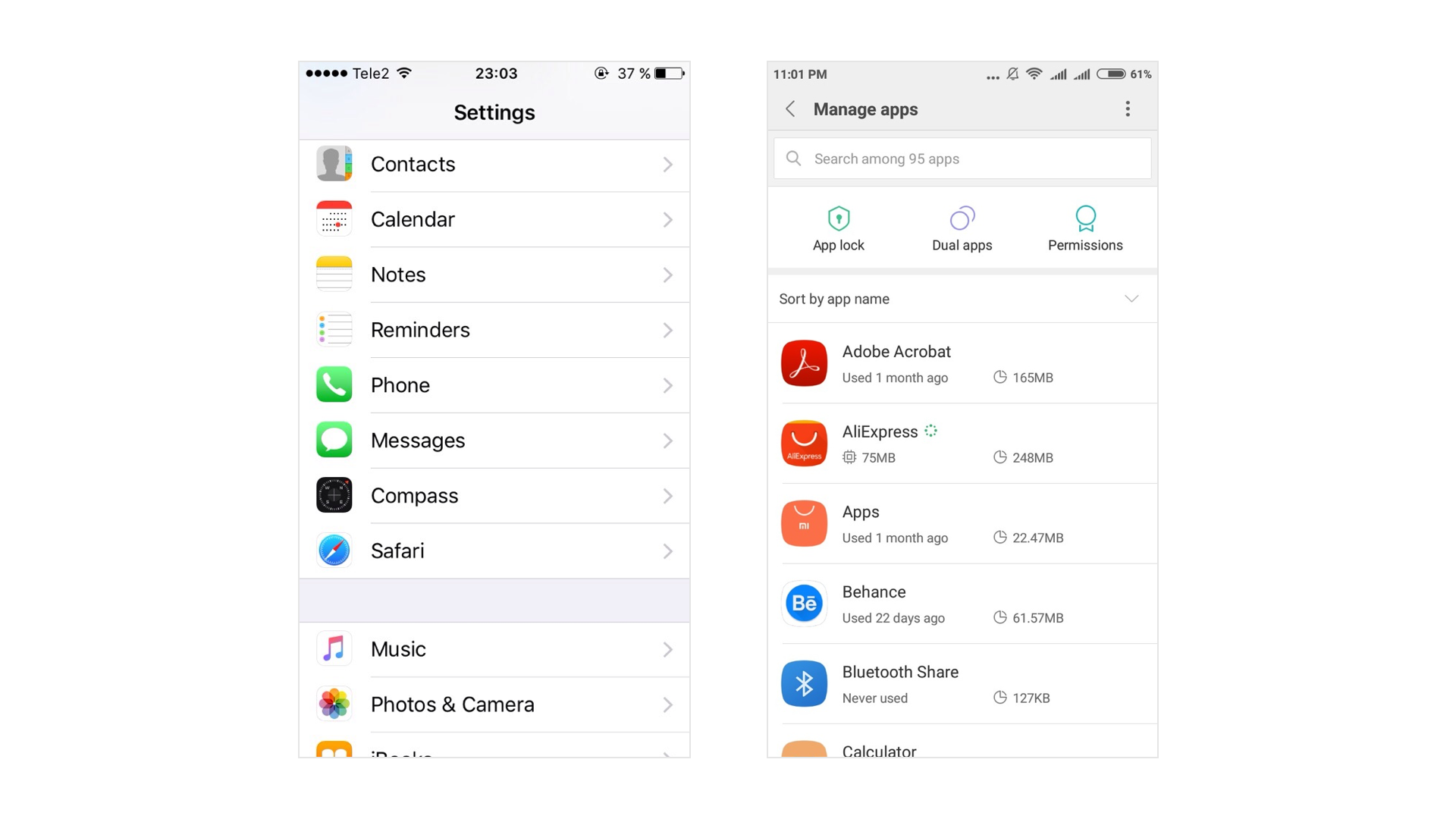
The user shouldn't strain his eyes trying to understand the designer's idea. Make sure to try out an icon on real devices in multiple sizes and, if necessary, finalize it. The loss of details due the reduction in the number of pixels is inevitably, but the idea has always to be clear. And that brings us to the second aspect of an app icon.
Recognizability
If the user can't understand your idea, you can't hook him and he'll move on to the next app. Designers advise simplifying app icons to increase recognizability. And it's important to understand it right. Simplify doesn't mean to make primitive. Look, aren't these icons detailed?
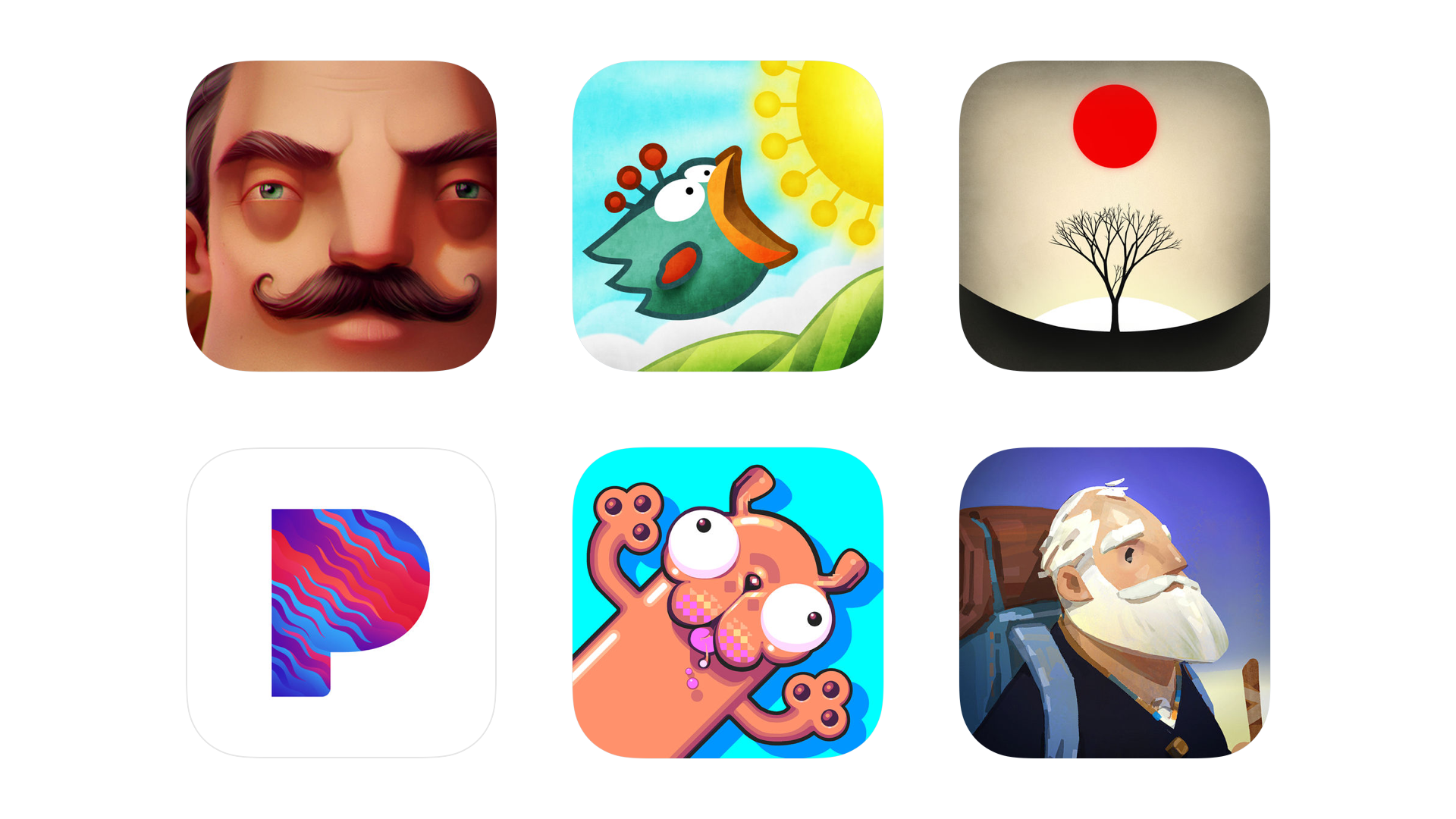
Simplify means to concentrate on an idea and get rid of unnecessary and repeating elements. Everything should work for the idea and help the user to understand it. However, the user hasn't only to understand it, but also has to get interested in it.
Uniqueness
There are almost 2 million applications in the App Store and 2,1 million in Google Play, and each of them has an app icon. All these icons compete for the user's attention. Big brands use their logos to draw attention, but what to do less-known applications? Show something new and unusual!
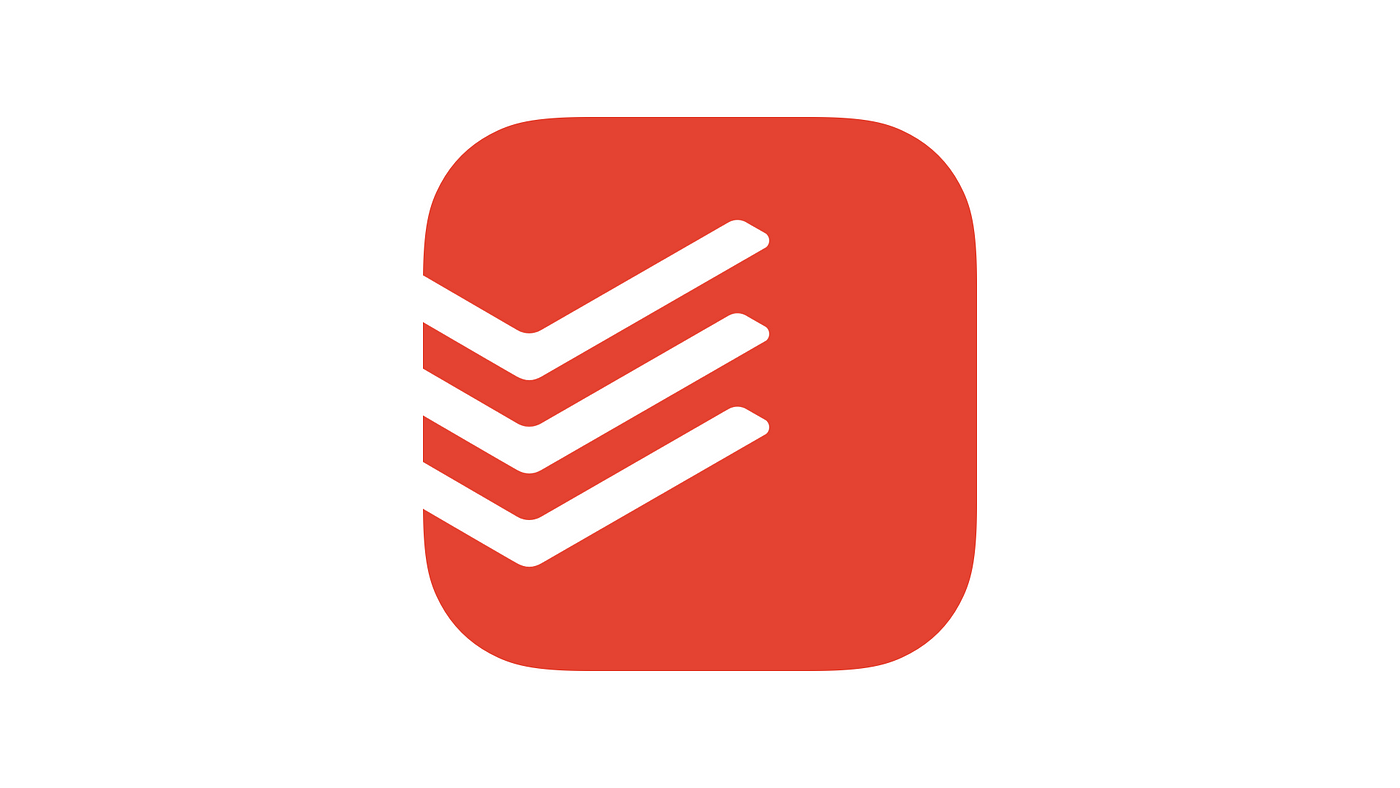
Spend some time on a research before starting to draw, search for the main competitors and simply applications from the same category. Think of how to stand out! If most icons are colourful, consider using a monochrome palette. If there are a lot of images of one particular item — abandon it and show something different. Always search for your way to solve problems!
It's difficult to come up with something new. Make mood boards, create mind maps, ask friends and coworkers for advice. You never know where you'll find a great idea. But it is important not to lose touch with an application in the pursuit of originality.
Consistency
An icon is the part of an application, they have to work hand-in-hand. An icon should describe an app and show its main features. This is especially important for games where an app can get 1 million downloads because of only one game mechanic.
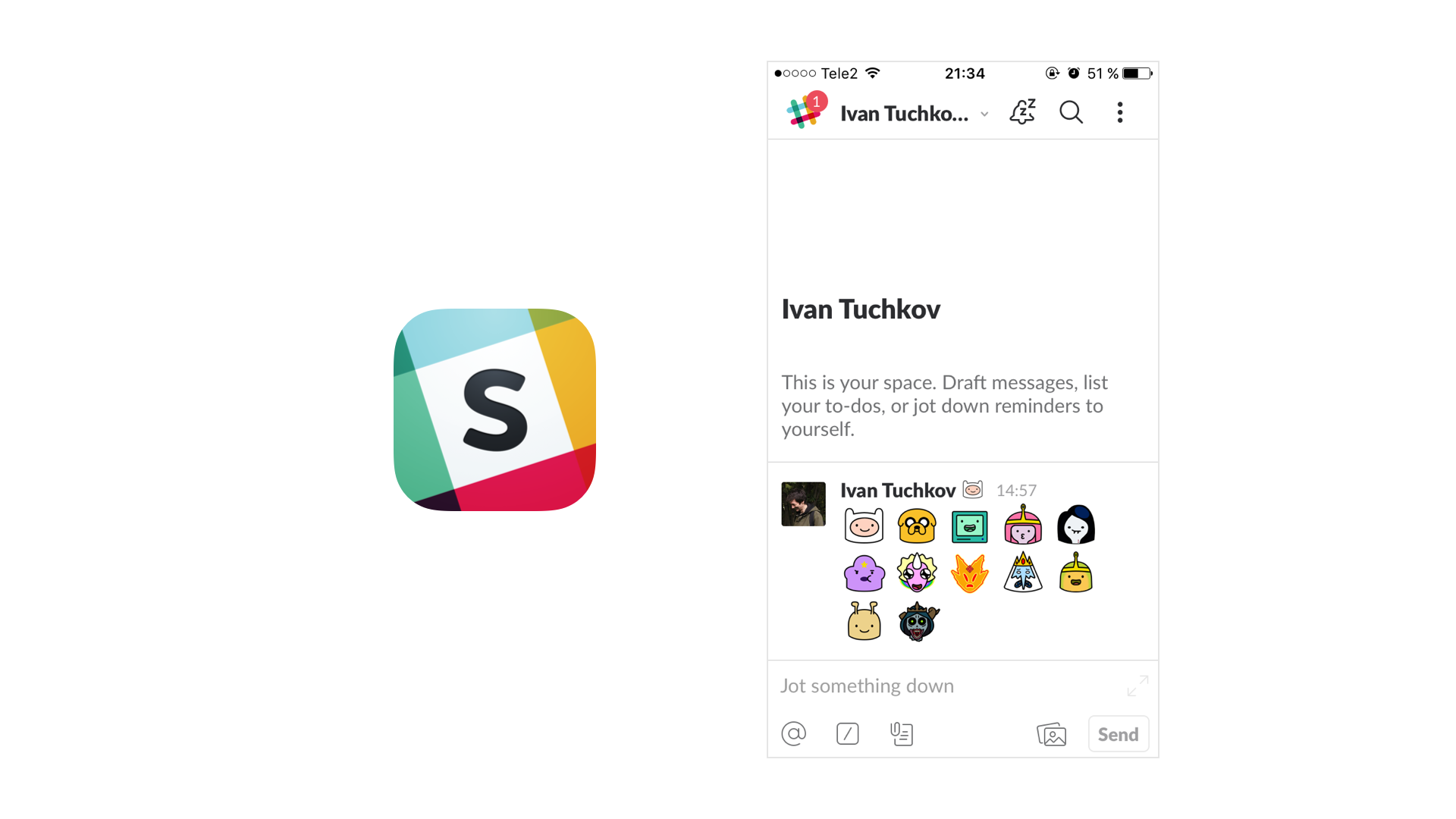
No one will like if he gets a different application than expected. Don't include screenshots and interface elements in an icon — it can mislead the user. Instead, insinuate the functionality of an app, use the same style and colours. There should not be any doubts to which app relates an icon. And guidelines can help you to achieve this!
Compliance with guidelines
Despite the fact that iOS and Android starting to look the same, there are still a lot of differences which prevent us from using the same app icon on both operating systems: proportions, visual techniques and special features. Users get used to their operating systems. The less we distance from it, the more trust to an app is given.
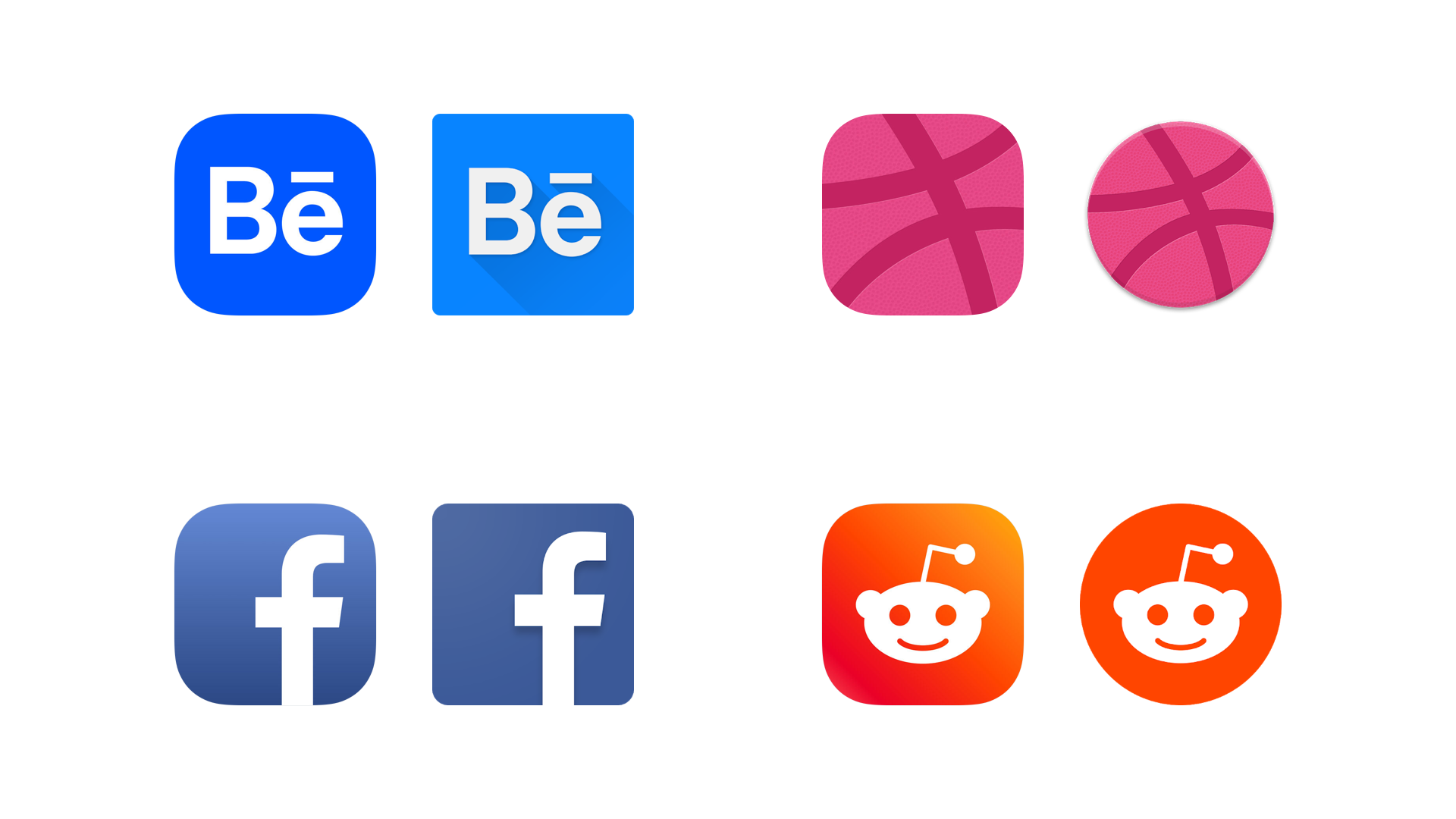
It doesn't mean you need to draw different app icons; rather, big differences will reduce app recognition. Sometimes it's enough to adjust the size, but in some cases it's better to make more changes.
Phew! That's what we should pay attention to when developing an app icon. Now it's time to create! Of course, if you don't have even more questions along the way… What size a canvas should be? How to use grids? How to export an icon? It's time to go deep into the technical part and find answers. Let's start with iOS.
iOS app icons
There is much useful information in the iOS Human Interface Guidelines, but we'll focus on the App Icon section where Apple describes technical requirements and makes recommendations on a design. We'll follow the path of creating icons and get to the bottom of this. I use Sketch, but any other graphics editor will work too.
Drawing an iOS app icon
There are many templates for creating icons, but we won't use them for now. Let's say we already studied the market, identified the idea, perhaps, even made a sketch by hand. And of course, created a new document in the editor.
Let's choose a canvas size first. In iOS, an icon can be found in different sizes from 40px × 40px to 1024px × 1024px. Because it's always easier to reduce the image size, we'll create a larger canvas. Designers who work in Sketch can cheat and create twice smaller canvas (512px × 512px) and increase it later on export.
The next step is to add a grid. You can download it, find in templates and even draw. Grids help to maintain unity and integrity of the composition, control sizes and spacing. Try to place the main object within a large circle. If a grid interferes and limits your creative impulse — break it. Even structure should be limited.
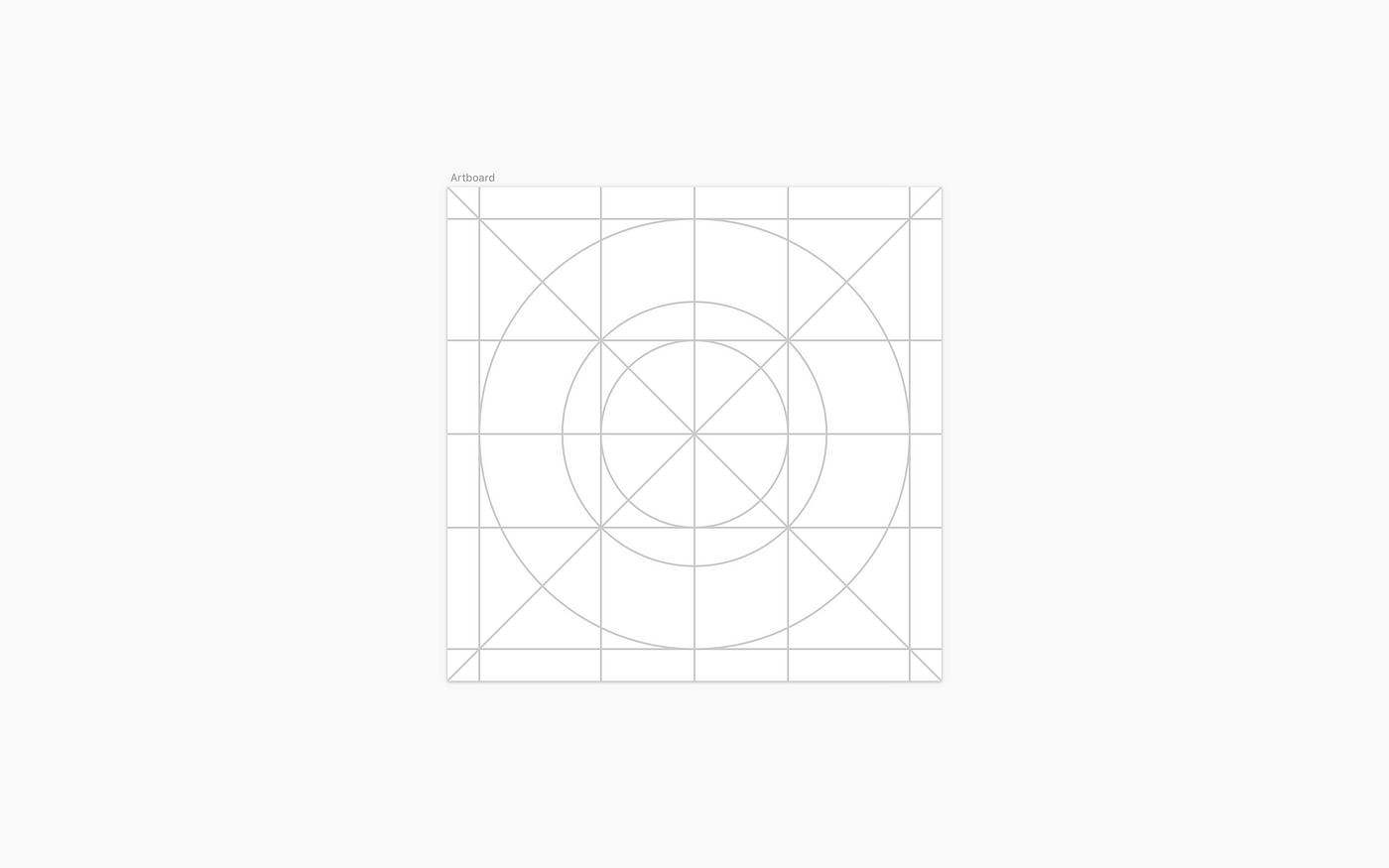
Finally, we can start drawing! I won't bore you with the details, but my icon went through the manager and came back with feedback from the client a couple of times until it was ready:
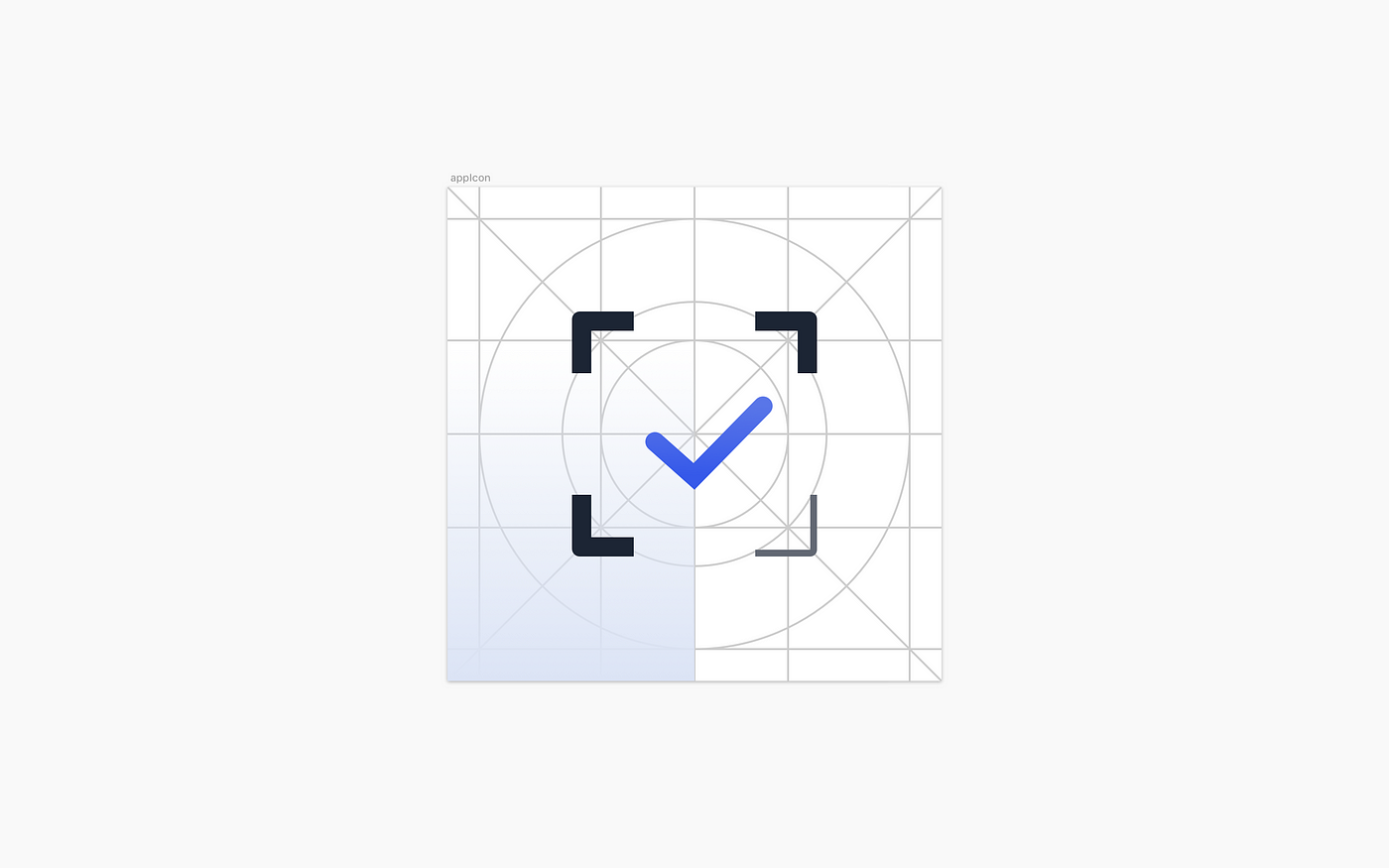
To present the icon, I made a simple animation:

The icon is ready! Let's export it.
Export an iOS app icon
Before exporting we need to remove rounded corners and stroke because the system adds it automatically. Don't forget to hide the grid too.
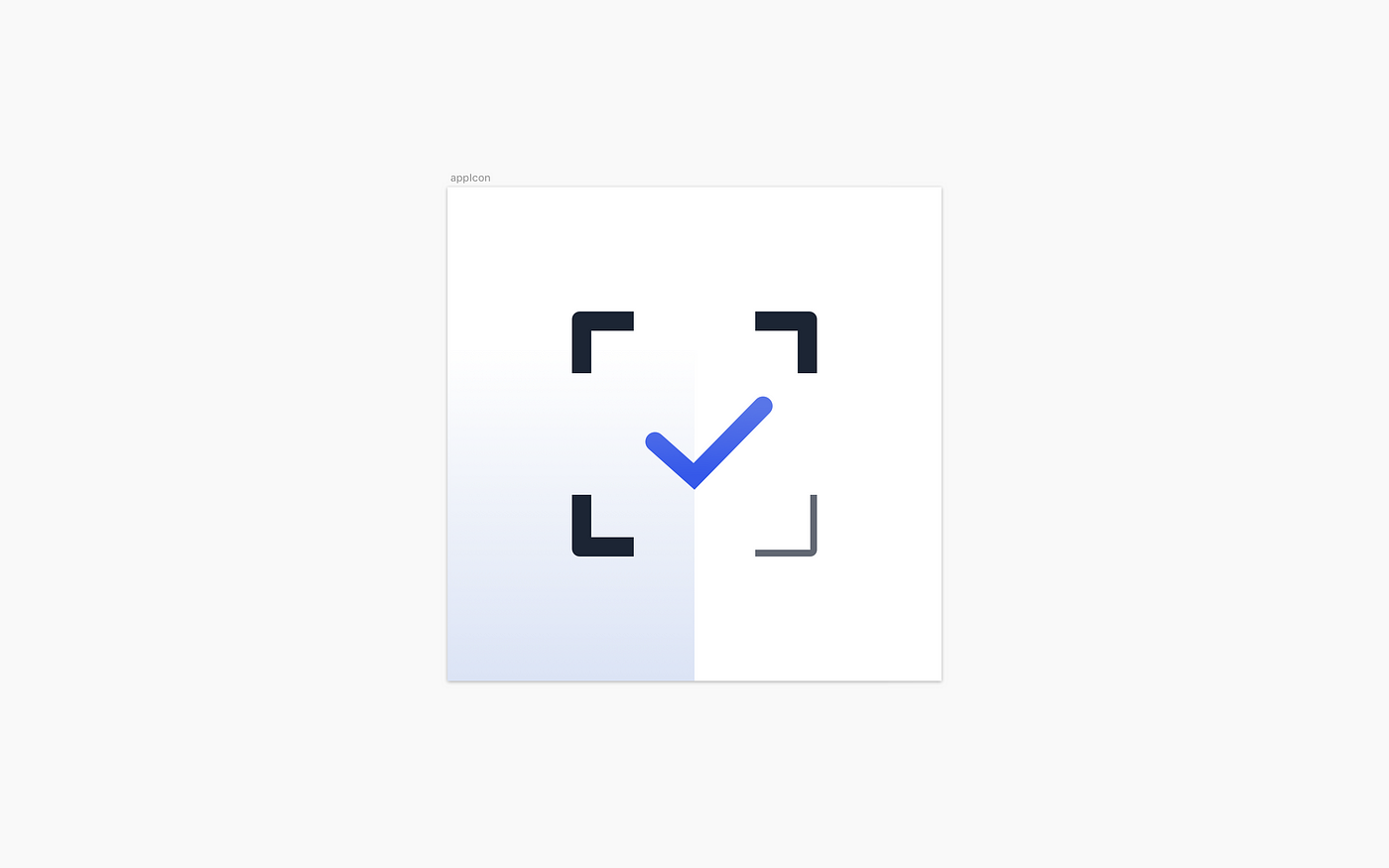
An icon should be exported in png with no transparency. But what about various sizes? Do we really need to do it manually? Thanks to our community, we don't! For example, we can use Sketch plugin AEIconizer to multiply it. Besides, there are a lot of websites like MakeAppIcon, App Icon Maker and App Icon Generator that can do the same. And templates! For instance, template by Every Interaction not only exports an icon in various sizes but also shows how it'll look on the Home screen and in the App Store.
It wasn't as hard as it looked. The next is an Android app icon!
Android app icons
In the material design specification, Google split information about Android app icons into two sections: about the style and technical requirements.
Drawing an Android app icon
In Android, app icons are used in various sizes too and the largest is identical to iOS: 1024px × 1024px.
Adding a grid, pay attention to a safe zone. Depending on the device, Android applies different shaped masks. Place an image within a safe zone so it won't be clipped. The grid itself shows all the basic shapes which are used in the system: circle, square, vertical and horizontal rectangles.
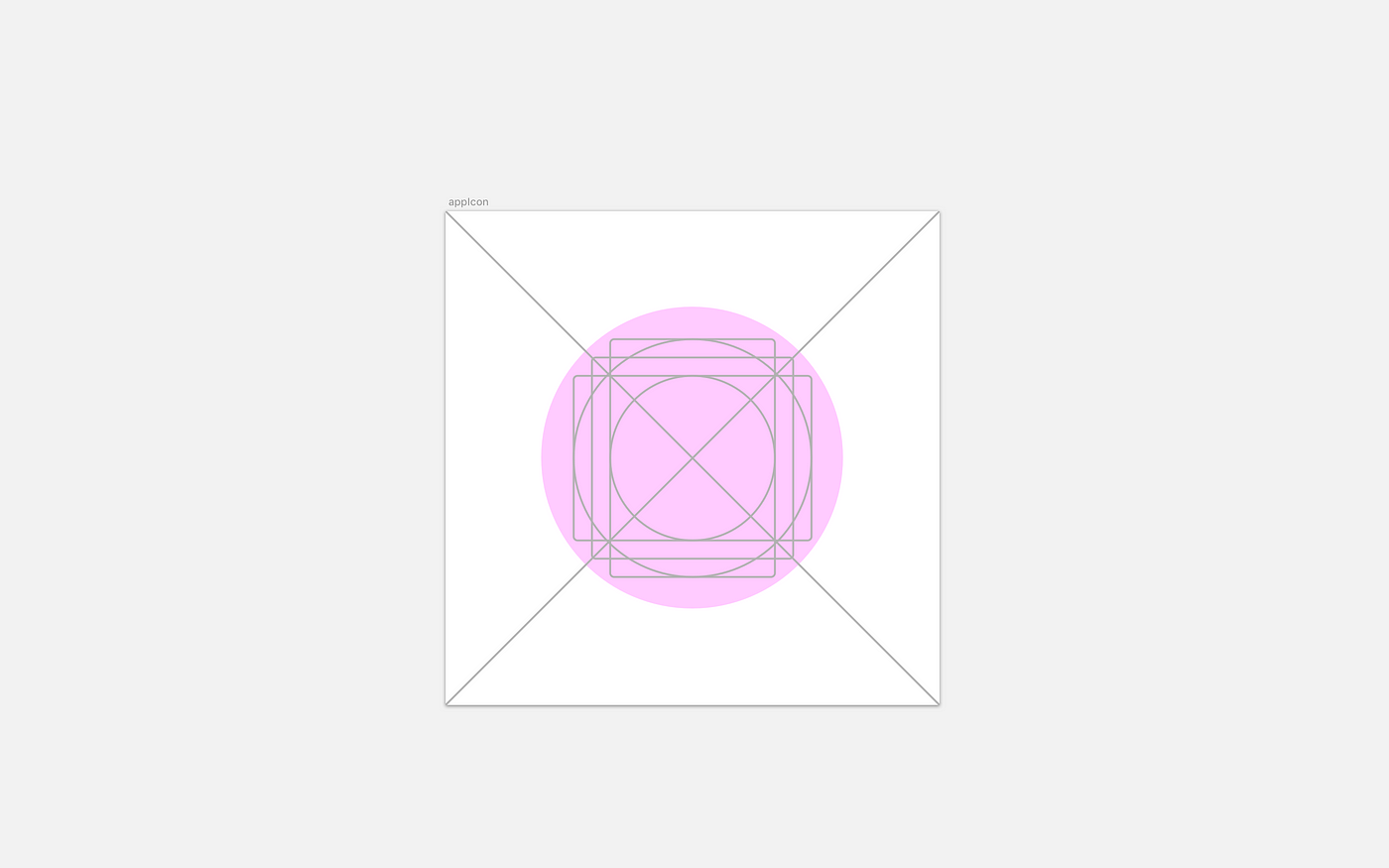
The final version of my icon:
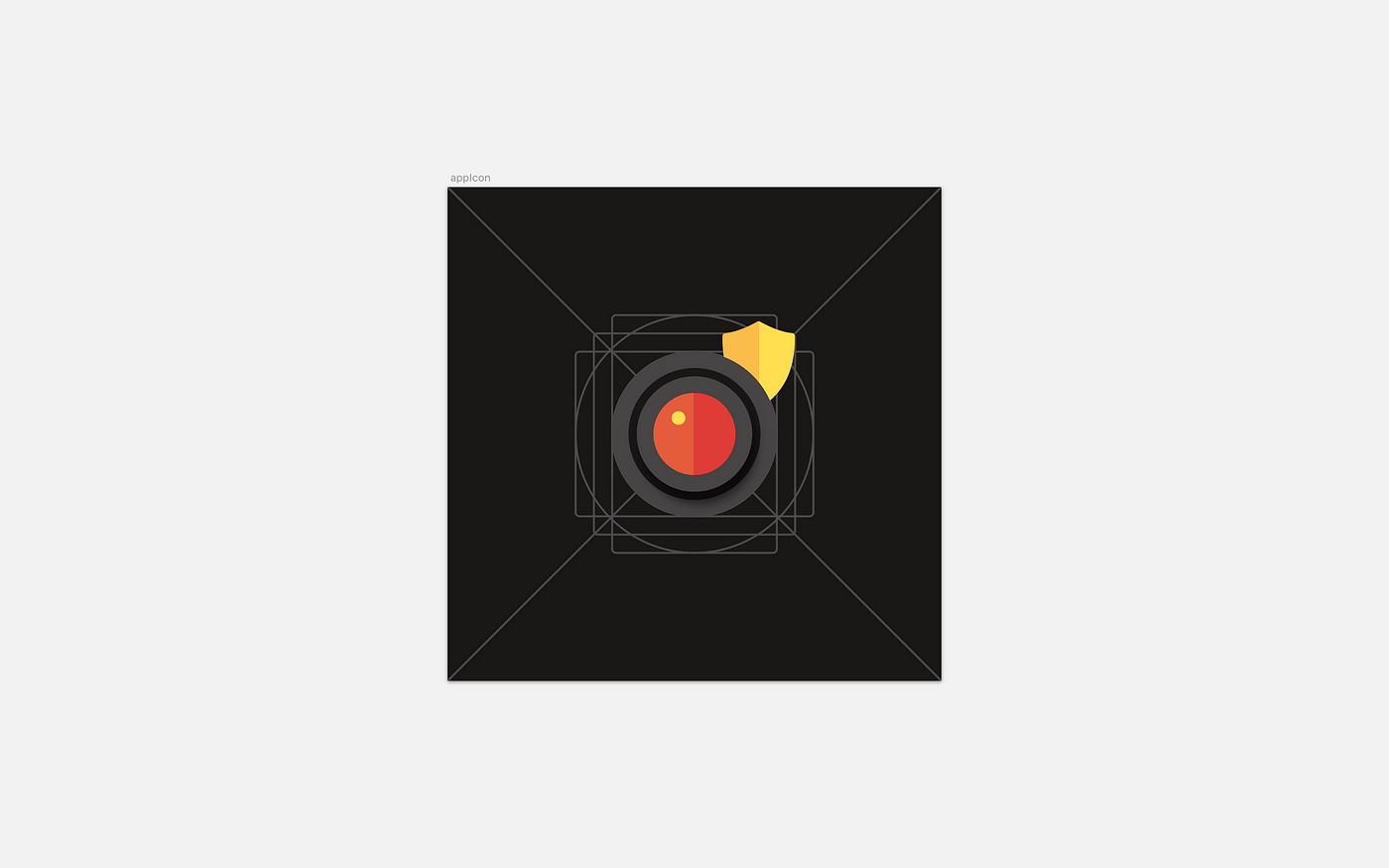
Export an Android app icon
Before exporting we also remove rounded corners, stroke and grid.
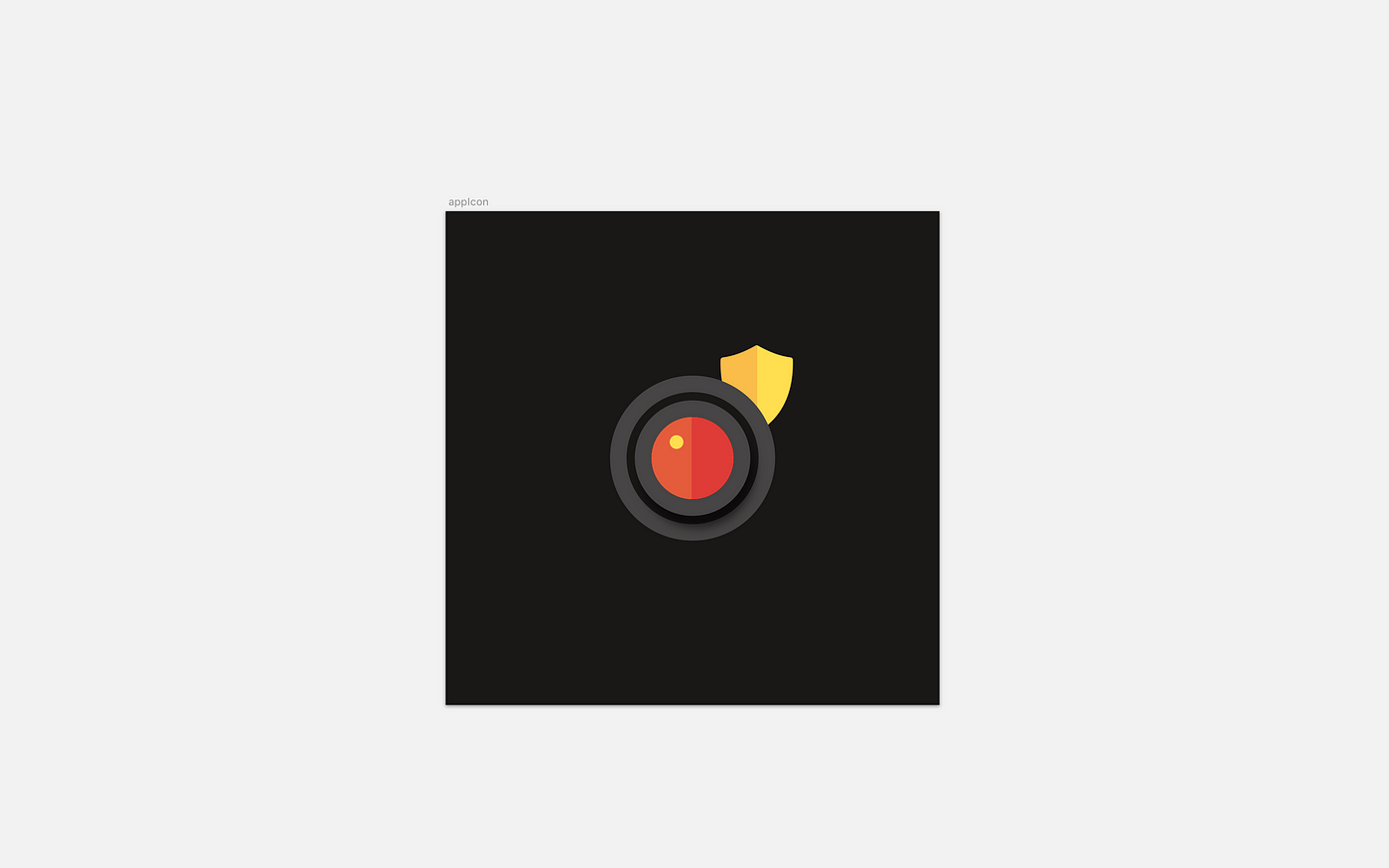
Android Studio can multiply an icon in all required sizes, so we need only one png image with no transparency.
Android Oreo introduced a new app icon format with parallax and scale effects. You can separate the foreground from the background, so then these layers will move independently on the device applying the effects. Accordingly, the foreground may include transparency.
Parallax effect cannot be seen on a solid background, but it can bring dynamic in your design if you have a complex composition. In that case, you need to provide two png images for both layers. Just be ready that not all users will see the effects. At the time of writing, only 12% of all Android users use Android Oreo.
Instead of a thousand words
The user starts to get know an app with an icon which accompanies his journey up to the end. The role of an icon is important and multifaceted, that's why the designer should put emphasis on it. Yet never forget about an app itself! After all, it only takes a few taps to delete an app. No matter how cool your icon is, if an app isn't useful, the user will delete it.
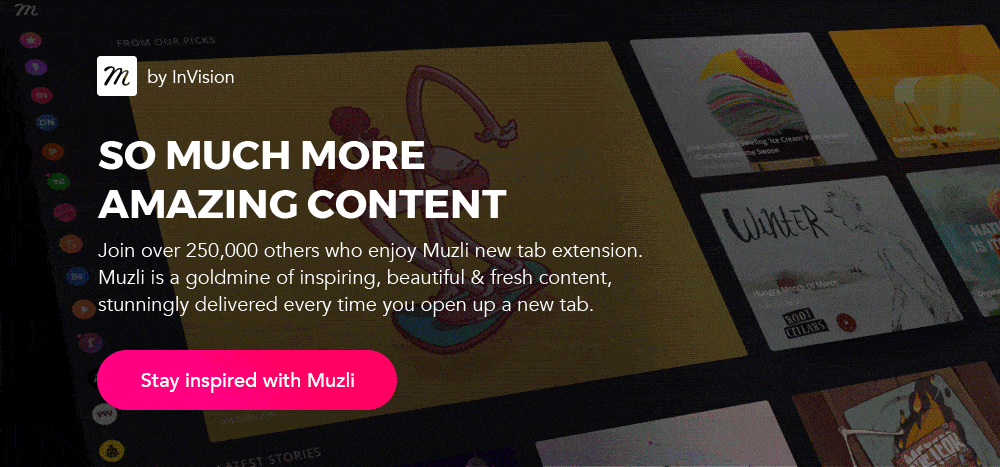
app icon design best practices
Source: https://medium.muz.li/the-design-guide-to-ios-and-android-app-icons-c1a73d3f278f
Posted by: clyburnnotle1973.blogspot.com

0 Response to "app icon design best practices"
Post a Comment